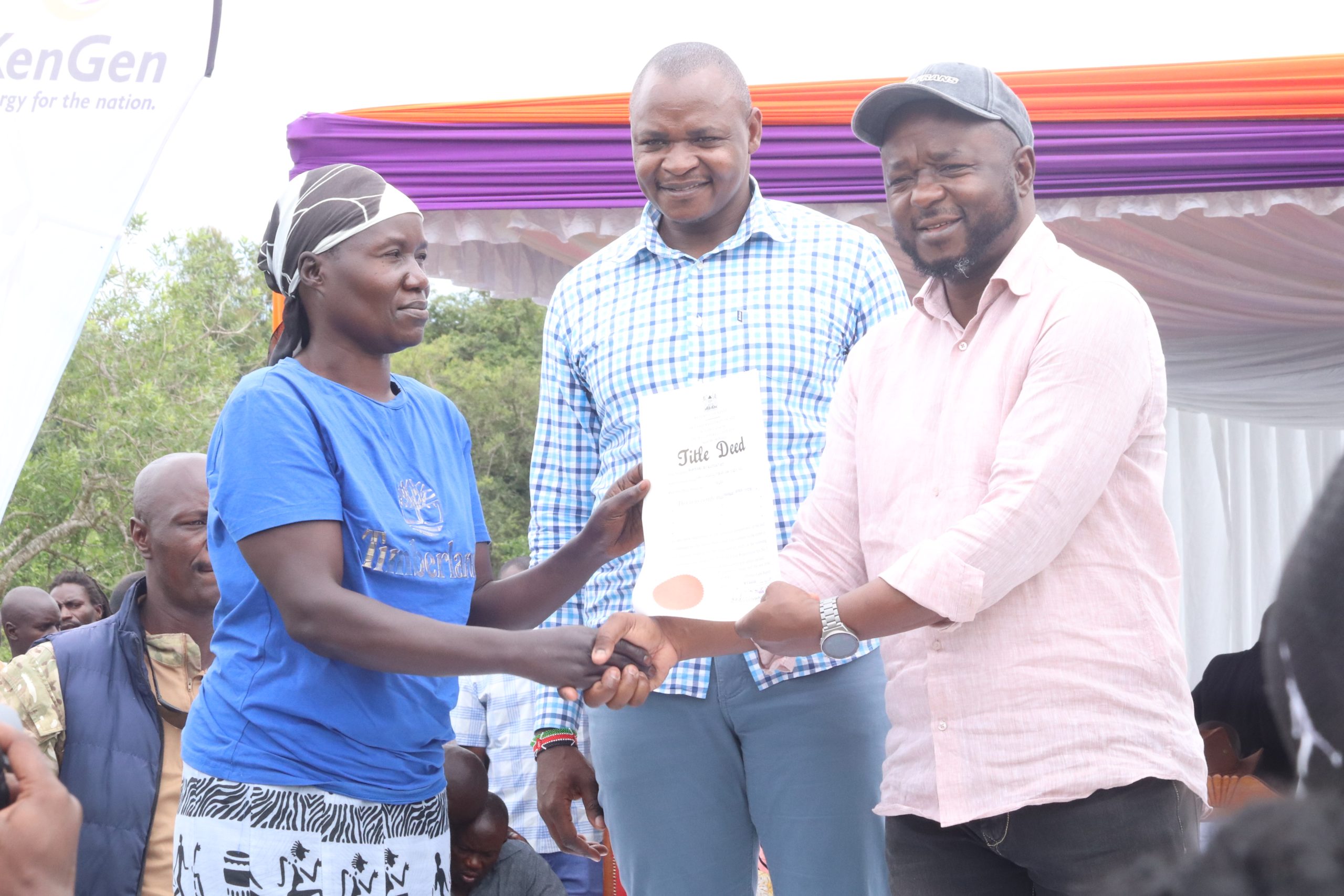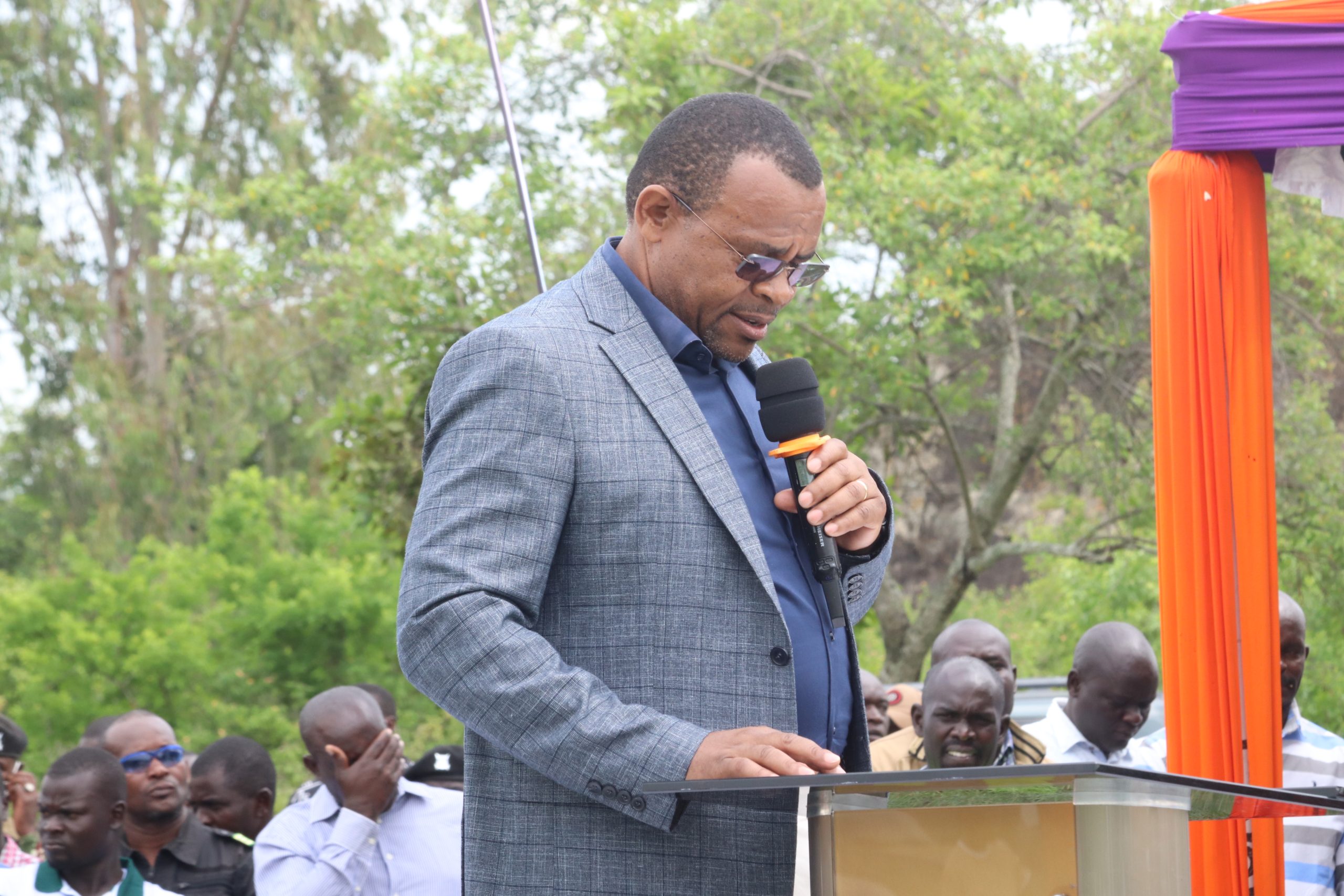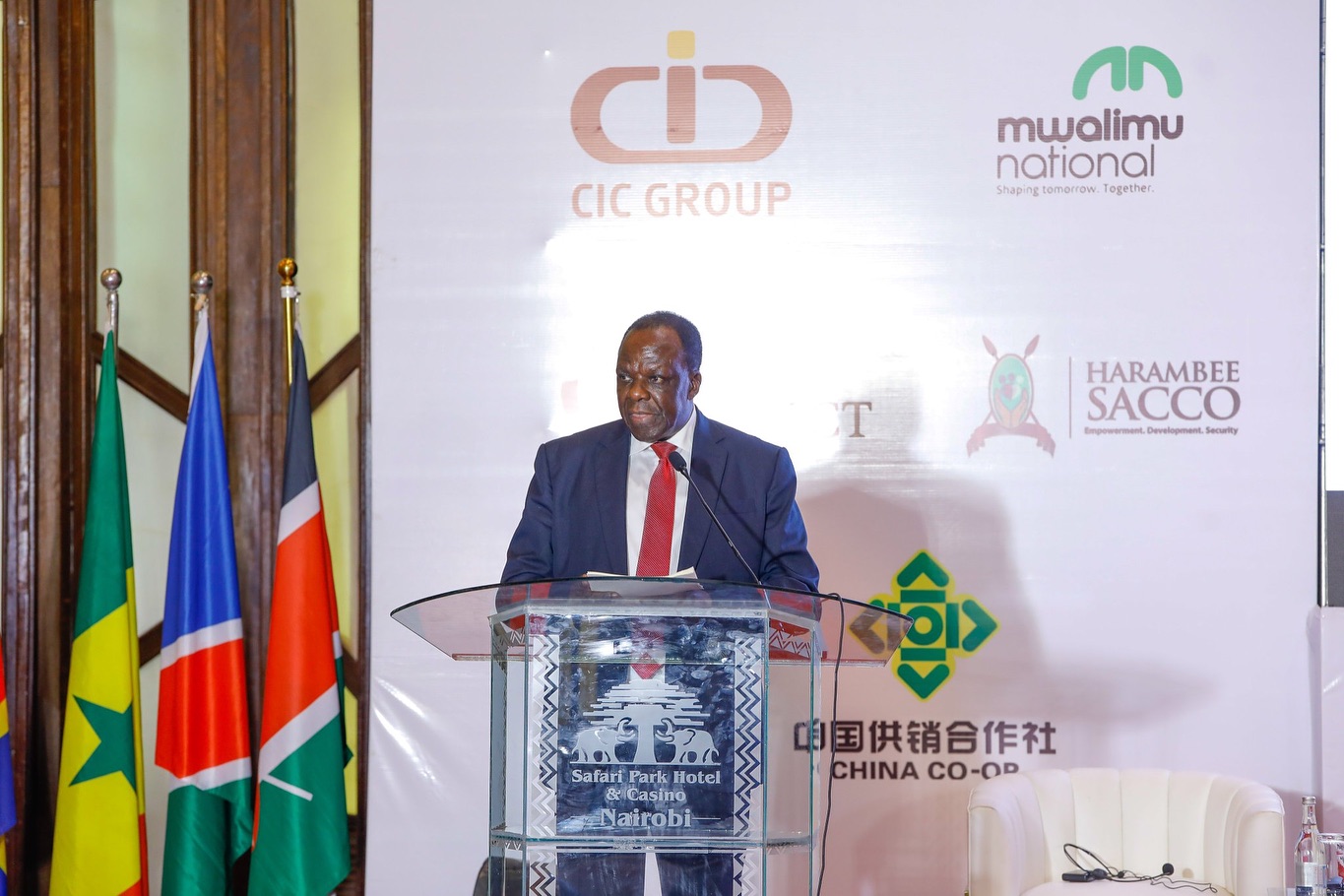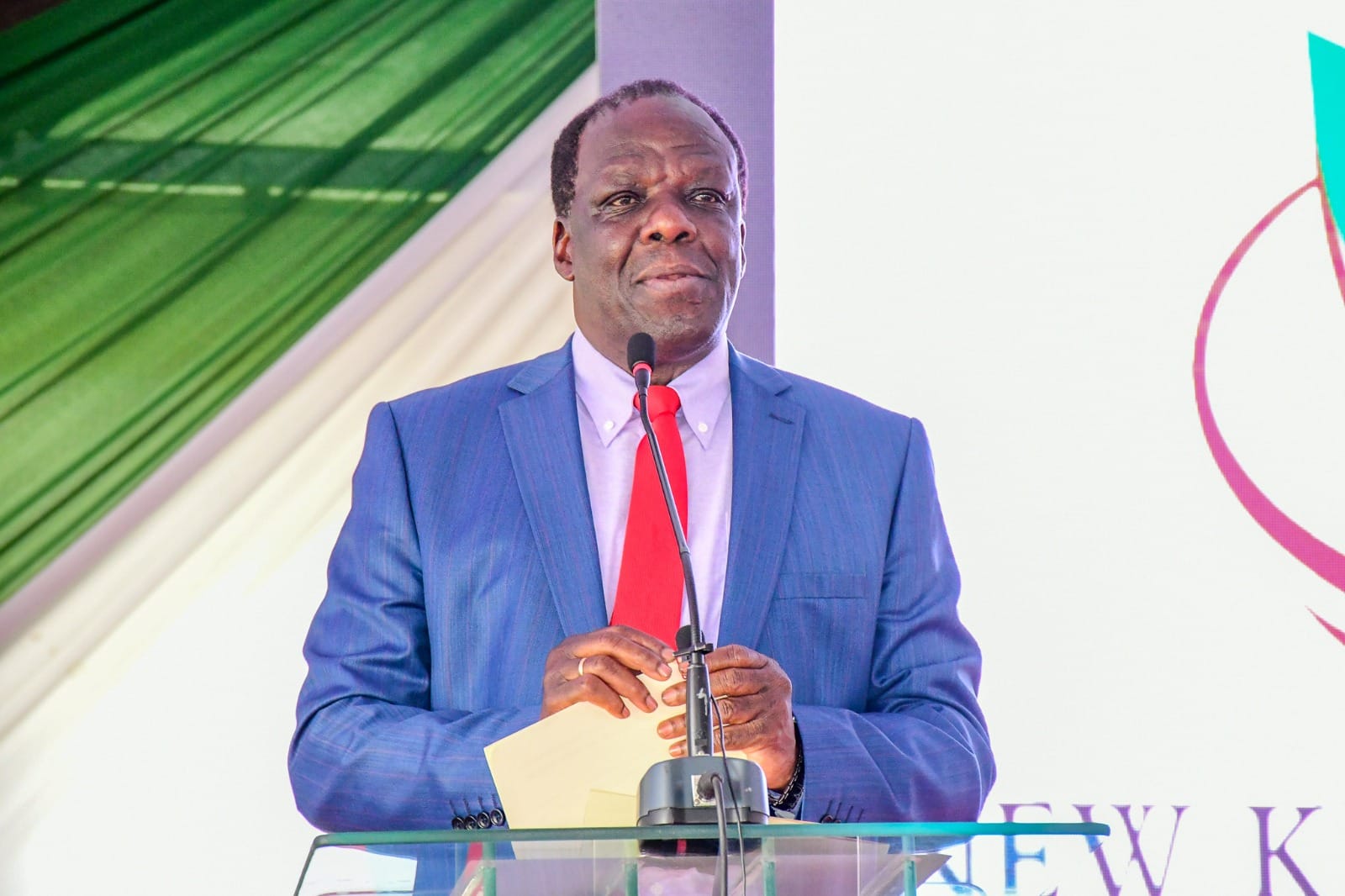The Kenya Electricity Generating Company (KenGen) will embark on an ambitious plan to upgrade the Gogo electricity power plant in Uriri, Migori County, from its current 2MW capacity to 8.6MW.
According to the company’s Managing Director, Engineer Peter Njenga, the project, guided by the Least Cost Power Development Plan (LCPDP), will increase the annual energy output from 2GWh to 32GWh. This upgrade, Njenga said, is not just about numbers but about cutting power outages, minimizing transmission losses, and decreasing reliance on thermal energy in this region.
The redevelopment of the Gogo Hydropower Plant, he added, also involves raising the dam level by 1.5 meters and desilting the reservoir. Njenga said it also involves the construction of a 450-meter tunnel, new spillway gates, and intake structures.
He added that the project encompasses the installation of two 4.3MW turbines, generators, and transformers. Other aspects of the project, Njenga said, include building a 26-kilometer dedicated transmission line to the Awendo Substation.
The total project cost of EUR 38.8 million, Njenga said, will be funded through a EUR 35 million loan and EUR 3.1 million grant from KfW, with KenGen’s contribution of EUR 679,245.

“We are in the final stages of negotiations with the National Treasury and KfW, and I am optimistic that construction will begin by September 2025,” he said. Njenga was speaking in Uriri, where the power utility plant distributed title deeds to 45 members of the Gogo community, whose parcels will be used for the project expansion.
This project, he noted, is not just about power generation; it is about uplifting the Gogo community.
“We are committed to delivering tangible benefits, including employment opportunities during construction, improved infrastructure such as roads, school fences, and bridges over the Kuja and Oyani rivers, and economic opportunities for local businesses,” he said.
The MD said they are also exploring additional investments in education, water access, and healthcare to ensure this community thrives alongside their projects. KenGen, he said, is the largest electricity generator in East Africa, supplying over 60% of the electricity consumed by Kenyans every day.
YOU MAY ALSO READ:
Aquaculture stakeholders urge govt to convene forum on fisheries management regulations
For over six decades, Njenga said, the Gogo community has been an invaluable partner in KenGen’s mission. He said the land, entrusted to them, enabled the construction of the 2MW Gogo Hydropower Plant in 1958. The title deeds, he noted, are a testament to their enduring commitment to shared prosperity and inclusivity.
He said they understand that partnerships are about more than corporate responsibility—they are about building a foundation for sustainable socio-economic growth.
By securing land ownership for the Gogo families, he said, they are helping unlock opportunities that will enhance livelihoods, drive local economic development, and ensure resilience for generations to come.
The Gogo Hydropower Plant, Njenga said, has been a critical part of our energy infrastructure for 66 years, contributing to Kenya’s national grid and powering progress in the Western region.
By Fredrick Odiero.
Get more stories from our website: Sacco Review.
For comments and clarifications, write to: Saccoreview@
Kindly follow us via our social media pages on Facebook: Sacco Review Newspaper for timely updates
Stay ahead of the pack! Grab the latest Sacco Review newspaper!



